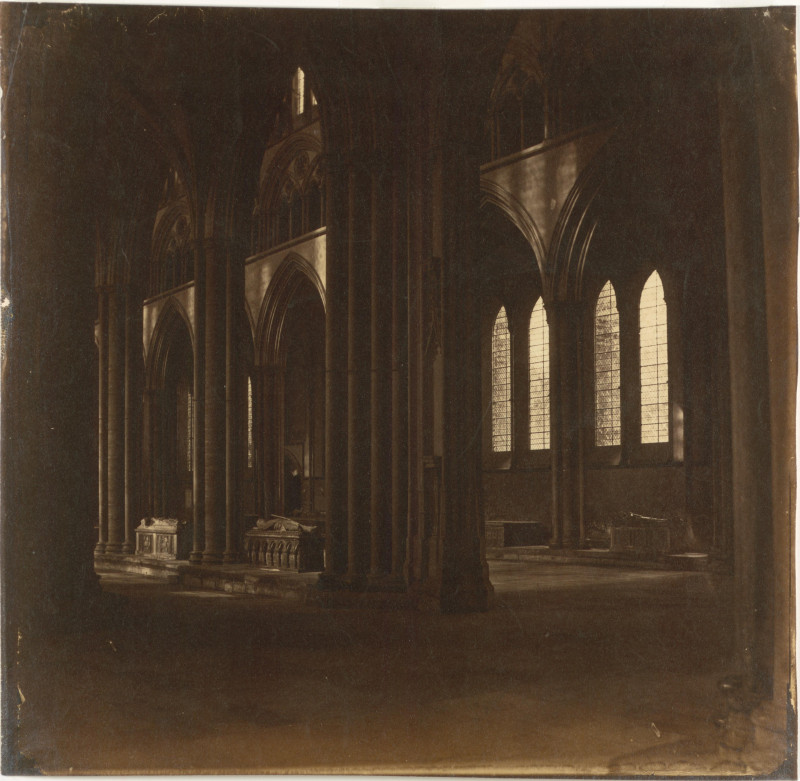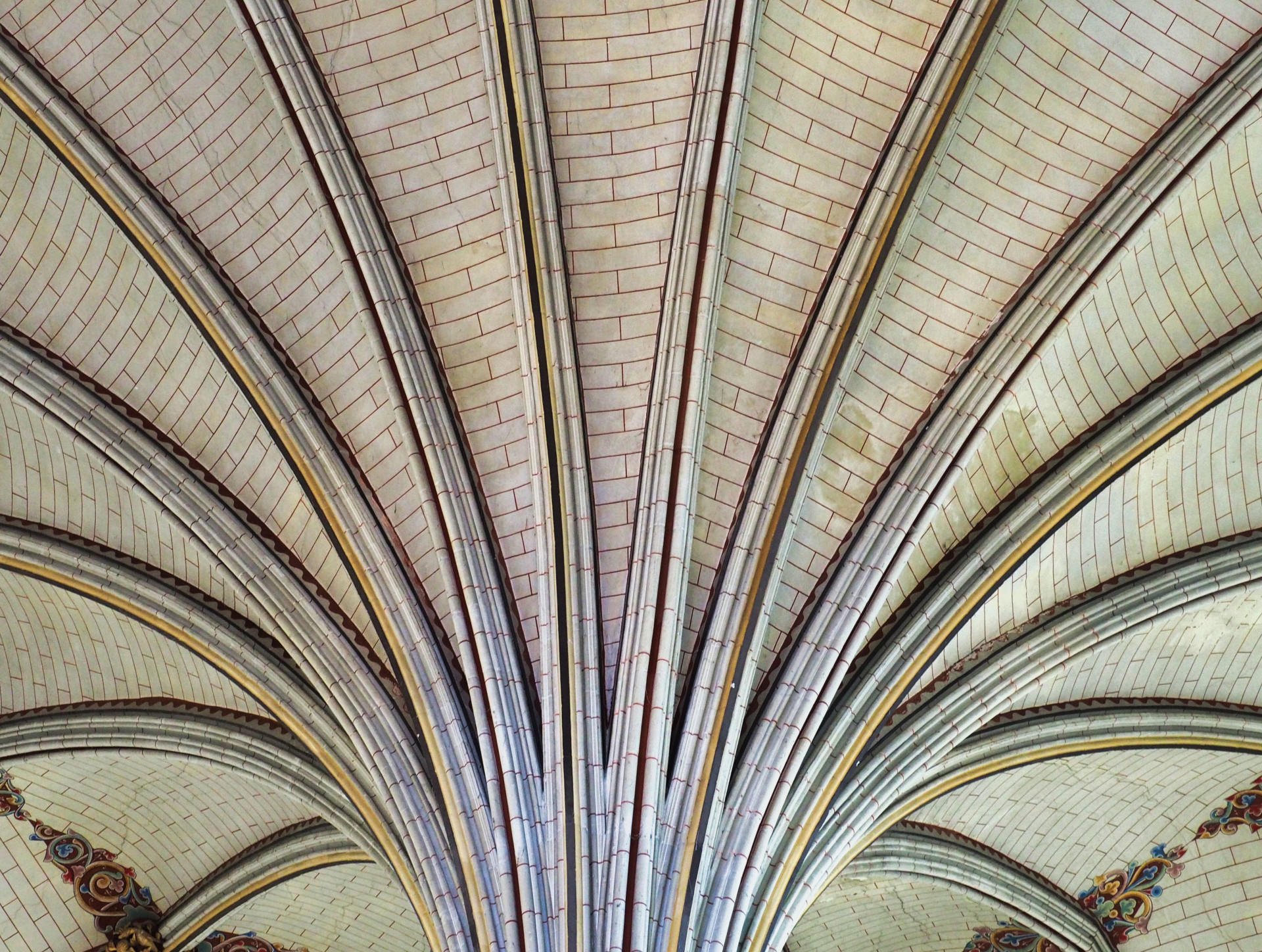By Philip Richter
April 2025
It took some time for the mystery to be solved. A roll of undeveloped film was discovered in a hundred-year-old Kodak camera bought recently at a Salisbury antique shop. Intrigued to find out what was on the film, the purchaser took it to be developed. Amazingly, the images had survived in the camera for what turned out to have been nearly eighty years. It was unclear at first where and when the pictures had been taken, but with the help of social media, it turned out they had been taken in Chipping Sodbury in 1948, when crowds had gathered to welcome the birth of quadruplets to a local family.
Before the advent of digital photography, if you took photos you would have to wait patiently to get to the end of a roll of film and then get it developed, unsure whether you would be delighted or disappointed at the end results. Today, it’s all so much quicker… and cheaper! You can review your pictures as soon as you’ve taken them, on your phone or camera screen. And it’s so convenient, as most of us carry a camera with us wherever we go… on our mobile phone. It’s true some people still love film photography, but the move from film to digital has thoroughly democratised the medium – it’s been calculated there are currently over 6.5 billion smartphones worldwide.
When people visit cathedrals you will often see them snapping enthusiastically. They carry smartphones, rather than the scallop shells or special tokens that pilgrims would carry long ago. There were over a quarter of a million visitors to Salisbury Cathedral and the Magna Carta last year. Assuming many of them take multiple photos during their visit, that will add up to an impressive annual total of images of the Cathedral, running maybe into several million.
Photography can be an important dimension of someone’s visit, as they collect images that will remind them of having been in a special place. Though, for some at least, it may just be about hoovering up as many pictures as they can and merely seeing the Cathedral on the back of their smartphone – like those visitors to art galleries who earnestly snap each and every painting, without pausing to enjoy the original artwork! For the sake of those who really do appreciate what they’re seeing, I’m so glad that non-commercial photography is freely allowed in Salisbury Cathedral.
It’s little known that the great twentieth-century spiritual writer and Trappist monk, Thomas Merton, discovered a passion for photography late in life and loved using his camera as his “contemplative instrument”. He revelled in the camera’s capacity to help him see differently: “reminding me of things I have overlooked, and cooperating in the creation of new worlds”.
For the contemplative Merton, photography became a way of both nurturing a “heightened awareness of the immediate environment” and also “capturing and passing this on to others”. It was said of Merton that he photographed with such “energy and enthusiasm” that onlookers would have “thought (him) either a madman or a saint”! Merton advised people to pause, “stop looking, and begin seeing”. He would not so much “take” pictures as “notice” and “receive” them. How great it would have been to go photographing with Thomas Merton!

Salisbury Cathedral Nave by Roger Fenton, 1858
When I’ve been exploring Salisbury Cathedral recently with my camera and then looking at the sort of pictures people typically take of it on Instagram or Flickr, I’ve begun to wonder whether there could be a resource developed to help people use their cameras/smartphones more creatively and spiritually there.
So I’ve put together some tips on a Cathedral webpage of photo ideas and spiritual nudges for people to dip into as they take photos in the Cathedral.
Maybe it will help people see with the “eyes of the heart” (Ephesians 1:18) when they use their cameras there.
Philip Richter is a visual theologian, author and recently-retired Methodist Minister with a passion for combining photography and spirituality. He has led workshops and study tours on photography and spirituality in the UK and Italy. The image illustrating this post is his photograph of the Chapter House ceiling in Salisbury Cathedral.
Philip is leading a weekend workshop at Sarum College from 14 to 16 November.
Photography with Deeper Vision

Leave a Reply